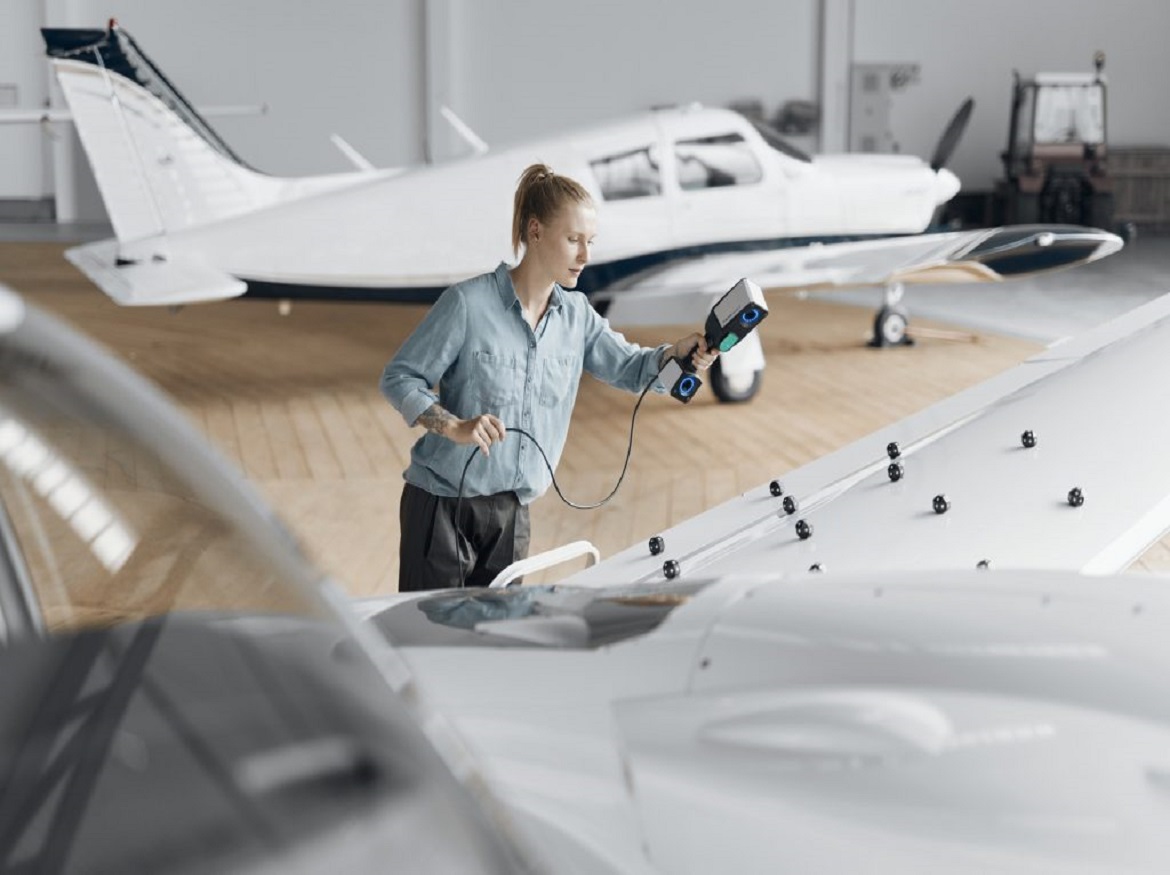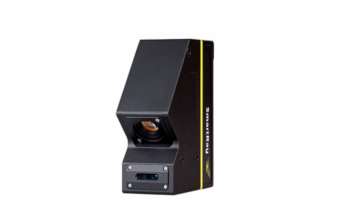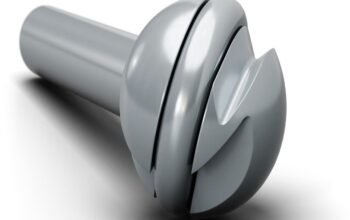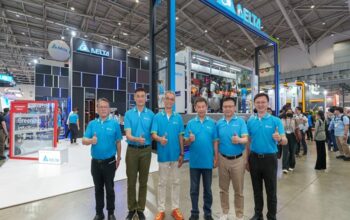Aircraft surface defect inspections are an essential part of maintenance, repair, and overhaul (MRO) processes. Ensuring that the aircraft is free of defects is crucial for the safety and reliability of the aircraft. Traditional inspection techniques, such as visual inspection and penetrant testing, have their limitations in detecting surface defects that are not visible to the naked eye or are located in hard-to-reach areas. This is where advanced non-destructive testing (NDT) techniques, such as those using the ZEISS T-SCAN Hawk 2, come into play.
The ZEISS T-SCAN Hawk 2 is a state-of-the-art tool that enables accurate and precise surface defect inspections of aircraft components during MRO processes. It utilizes a non-contact, laser-based scanning technology that can detect even the smallest surface defects, such as cracks, corrosion, and delamination. This technology allows for quicker and more efficient inspections, reducing the aircraft’s downtime and increasing the efficiency of the MRO process.
One of the key advantages of the ZEISS T-SCAN Hawk 2 is its ability to inspect complex geometries and hard-to-reach areas of aircraft components. Traditional inspection techniques have limitations in inspecting components with intricate shapes or those that are located in areas that are not easily accessible. However, the ZEISS T-SCAN Hawk 2 can easily scan these areas and provide accurate inspection results, ensuring that no surface defects are left undetected.
In addition to its accuracy and efficiency, the ZEISS T-SCAN Hawk 2 also offers a high level of flexibility in its use. It can be used in various MRO processes, such as the inspection of engines, landing gear, and other critical components of the aircraft. Its flexibility also extends to its compatibility with various software packages, allowing for easy integration into existing inspection processes and workflows.
Another advantage of the ZEISS T-SCAN Hawk 2 is its portability. Its compact size and lightweight design make it easy to transport and use in various locations, including on-site inspections. This portability also increases the flexibility of the MRO process, allowing for inspections to be carried out in a more timely and efficient manner.
Our brand-new portable ZEISS T-SCAN Hawk 2 is extremely versatile and may be used in a variety of settings. This time, we’ll look at aircraft MRO, where the use of a portable 3D laser scanner is essential for NDT inspection and dent analysis.
Increase productivity for your planned and unplanned maintenance
A very resource-intensive and expensive sector, maintaining planes in the air requires specialized enterprises operating all over the world. One thing is constant: passenger safety is crucial. It can be the demands and pressure of an unanticipated event or a routine, scheduled repair.
Manual vs. digital MRO
The regions to be examined and the amount of time required is the decision criteria for the method of surface defect analysis that is chosen.
MRO has typically been carried out by hand. The activity begins with a visual inspection by highly-skilled professionals who check the surface for flaws in a drawn-out but vital process. When a flaw is discovered, it must be precisely measured for its length, width, and depth and located using references, such as a row of rivets along a stringer or spa. The responsibility includes classifying the issue, determining if it is acceptable or necessitates rework, and sometimes requiring additional communication with airframers or design authorities before moving forward.
All of this takes time, costs thousands of dollars for every check, and costs the industry millions of dollars. If only there were a remedy!
There is a tool called the T-SCAN Hawk 2 that may greatly speed up the inspection of aircraft damage. The accurate 3D scanner offers rapid, accurate examination and decision-making for any issue, including hail, foreign object damage (FOD), wrinkles from composites, and flushness of fasteners.
The T-SCAN hawk 2 is a one-stop shop that eliminates the need for complicated setups and the usage of gauges. The activity can be done in a couple of minutes rather than hours by quickly scanning and evaluating the region of interest. With only one button click, you can build report pages, or you can use templates to create standardized, repeatable reports for archives, records, and decision-making.
The most effective method for ensuring product quality is digital, which reduces aircraft idle time and increases income.
Portable 3D laser scanner for maximum precision and flexibility
What makes T-SCAN Hawk 2 the ideal partner for the next dent detection procedure, then?
Just a few of the system’s advantages:
- Benefit from the T-SCAN hawk 2’s great degree of adaptability. Weights of less than 1 kg are ideal for use on-site. Whether evaluating hard-to-reach parts or vast surfaces, multiple scanning modes let you scan every aspect of your goods and on different operation locations.
- The guided workflow of the inspection software in the ZEISS Quality Suite streamlines inspection procedures. Moreover, the sensor’s remote control buttons enable the best process control possible during scanning. There is no software action required.
- There are countless ways to assess the 3D data that has been gathered. The automatically generated mesh is quickly examined, whether it’s CAD comparison, GD&T analysis, or user-defined surface defect maps to classify dents.
In this How-to with Roel, find out more about the application for dent detection:
Click on the following link Metrologically Speaking to read more such News on metrology.









